Astonishing revelation! NASA researchers reveal time period of Moon formation
The Moon was formed in a matter of hours, not months! Know more about this amazing revelation by NASA researchers here.
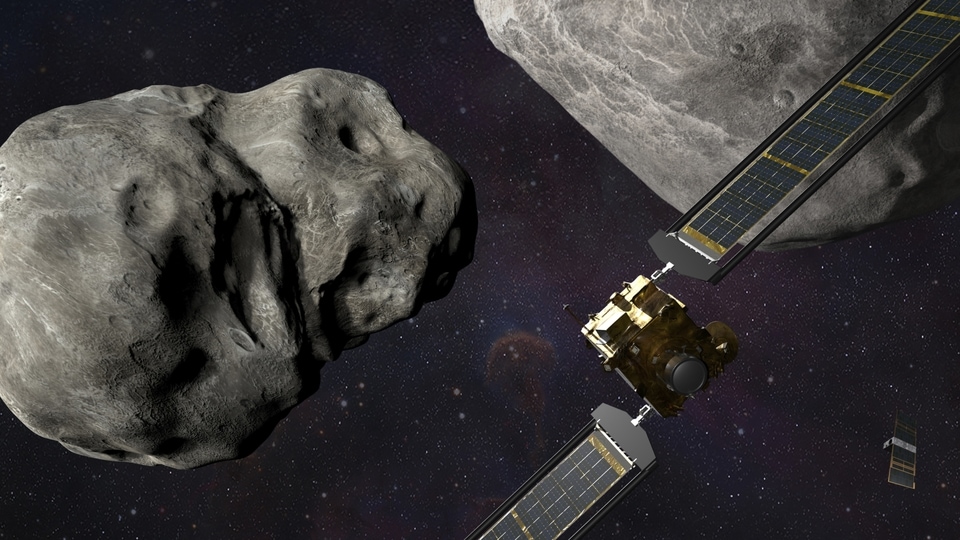
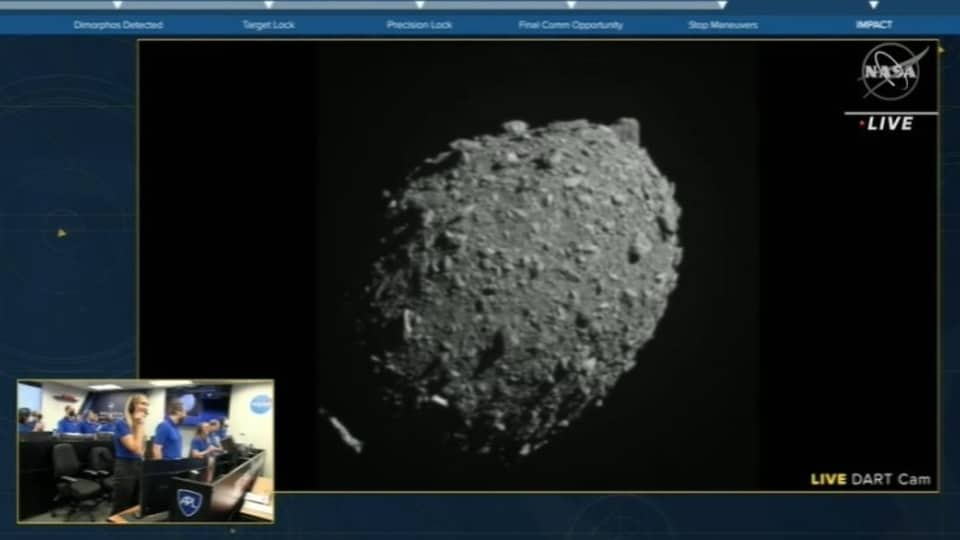
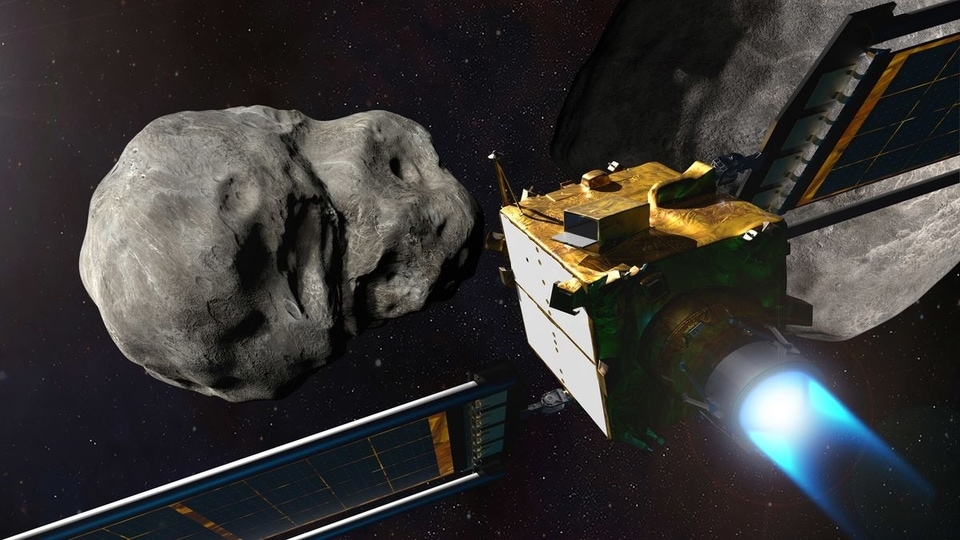
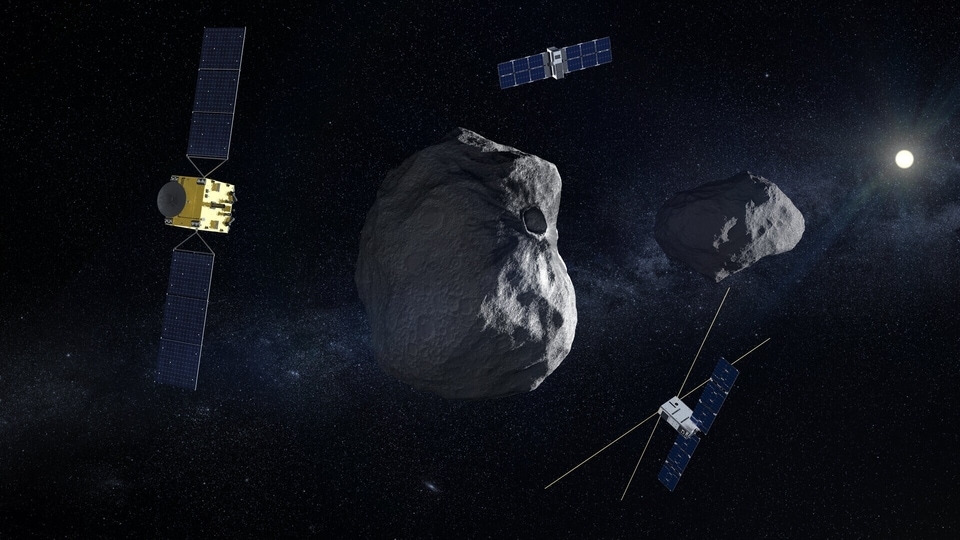
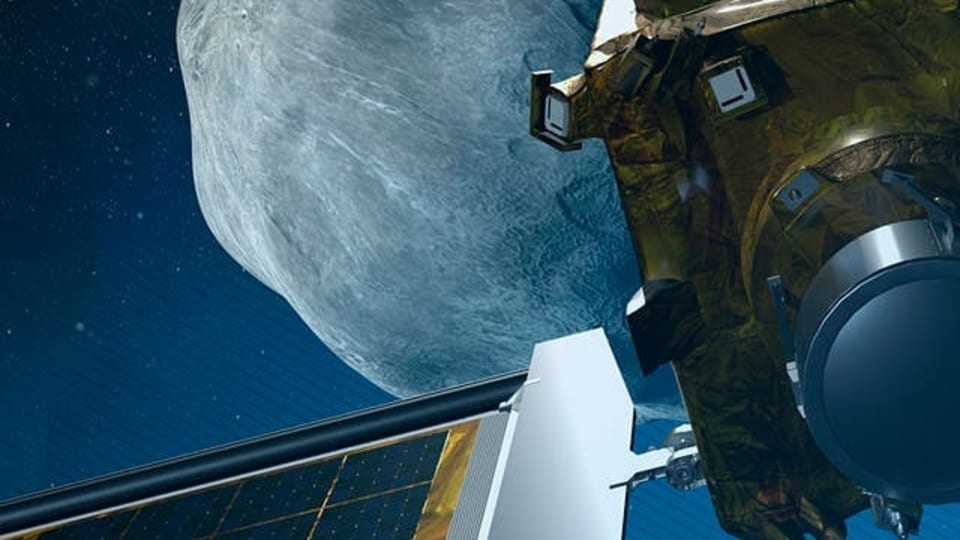

 View all Images
View all ImagesIn an astonishing development, a team of researchers have revealed that the formation of the Moon took mere hours, not days. The Moon has long been one of the most central pieces of the studies related to Earth. Its presence influences various phenomena on the planet, such as tides. But what caused the formation of this giant celestial object? According to NASA, a huge Mars-sized celestial object called Theia collided with Earth around 4.5 billion years ago and the Moon was formed in the aftermath of the collision. It was rumoured that the formation of Earth's natural satellite occurred over a period of months or even years but this recent research has changed the narrative.
Recent research published in the Astrophysical Journal Letters has revealed that the moon may have formed in a matter of hours when debris from the collision between Earth and Theia launched into orbit. The research was a collaborative effort between NASA's Ames Research Center and Durham University.
Jacob Kegerreis, a postdoctoral researcher at NASA's Ames Research Center the lead author of this research said in a NASA blog, “This opens up a whole new range of possible starting places for the Moon's evolution.”
The research included high-resolution simulations of the collision which revealed the behaviour of the planets as well as the debris left after the impact.
“We went into this project not knowing exactly what the outcomes of these high-resolution simulations would be. So, on top of the big eye-opener that standard resolutions can give you misleading answers, it was extra exciting that the new results could include a tantalisingly Moon-like satellite in orbit,” Kegerreis added further.
This research could pave the way for revelations about the origin of life on our own planet. Vincent Eke, a researcher at Durham University and a co-author on the paper said, “The more we learn about how the Moon came to be, the more we discover about the evolution of our own Earth. Their histories are intertwined – and could be echoed in the stories of other planets changed by similar or very different collisions.”
Catch all the Latest Tech News, Mobile News, Laptop News, Gaming news, Wearables News , How To News, also keep up with us on Whatsapp channel,Twitter, Facebook, Google News, and Instagram. For our latest videos, subscribe to our YouTube channel.





























